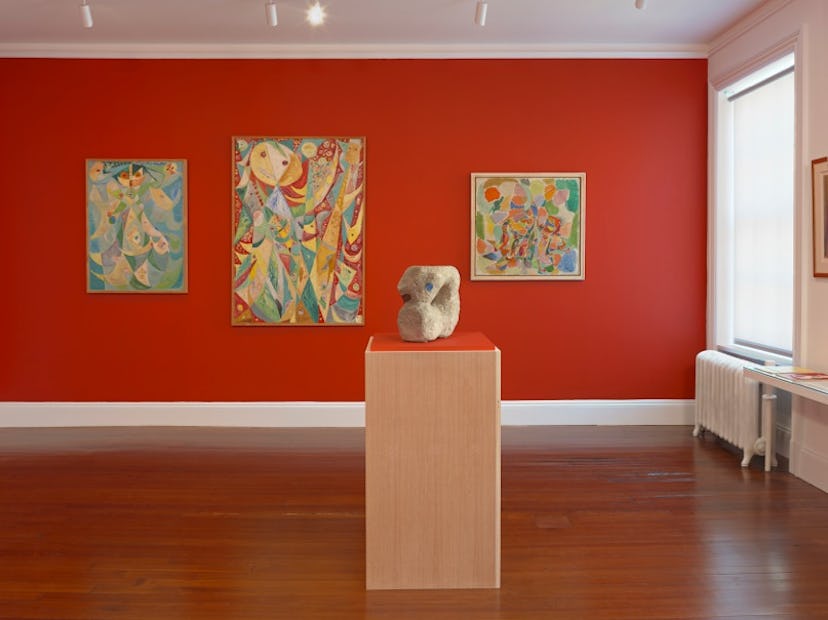Alison Gingeras Hits Both Coasts

This fall, curator Alison Gingeras is bringing to light one of the Avant-Garde’s most overlooked collectives—the Cobra artists of the late 1940s and early 1950s—with a two-part show at Blum & Poe’s New York and Los Angeles galleries. The culmination of years of research, the exhibition operates as a kind of introduction to the forgotten movement, but also as an insightful lens through which contemporary art’s recent obsession for primitivism and childhood might be viewed. Here, the Gingeras gives us a rundown of the first installment, which opened Wednesday, September 9th.
What is the focus of the New York show? The L.A. show? New York is exclusively historical—it really tells the story of Cobra starting with the Helhesten group in Denmark in 1940 and it goes all the way through the sixties. It is primarily a reintroduction to Cobra, or for some maybe a complete primer. The L.A. show will take the core of this material and will jumble it together in dialogue with contemporary art. It will be more thematic in order to draw out different points of dialogue between living artists and these historical works.
What sparked your interest in Cobra? I studied in Belgium 20 years ago, which is when I first encountered this work through both studying art history and traveling around. Later, when I came back to the States and was doing my graduate work, I was aware of Cobra through more political manifestations. It always stuck in the back of my mind—why isn’t there a more holistic understanding of this? So, it has been a longstanding dream to find a reason to do a Cobra show. It also seems very appropriate right now because there are a lot of intuitive connections with living artists—who are dealing with the some of the same themes.
Where did you source the works? We have a few loans from the Cobra museum in Amsterdam, but most of them are from private collections. Cobra was not pervasively collected in the US, so I had to go meet with a lot of people in Europe.
How did you design the New York show? One should really start on the top floor in the red Helhesten room and work their way down. The Cobra artists had two official exhibitions. For each those exhibitions they asked an Avant-Garde architect Aldo van Eyck to do the install with them, so they did a lot of unconventional things: They hung paintings at all different heights, they had a cage for poets to perform in, the played African music, they painted the walls crazy colors. So I worked with Julian Hoeber, who is an artist at Blum and Poe, and has a longstanding interest in the history of architecture, to research Aldo van Eyck’s work as well as that of Constant in order to come up with a palette that was authentic.
Photos: Alison Gingeras Hits Both Coasts
The Avant-Garde Won’t Give Up: Cobra and Its Legacy Installation View, 2015. Photo by Genevieve Hanson.
The Avant-Garde Won’t Give Up: Cobra and Its Legacy Installation View, 2015. Photo by Genevieve Hanson.
The Avant-Garde Won’t Give Up: Cobra and Its Legacy Installation View, 2015. Photo by Genevieve Hanson.
The Avant-Garde Won’t Give Up: Cobra and Its Legacy Installation View, 2015. Photo by Genevieve Hanson.